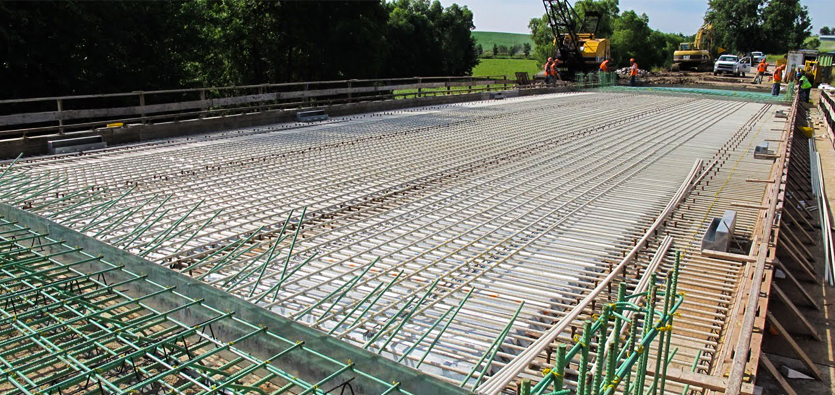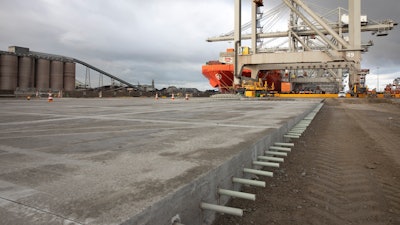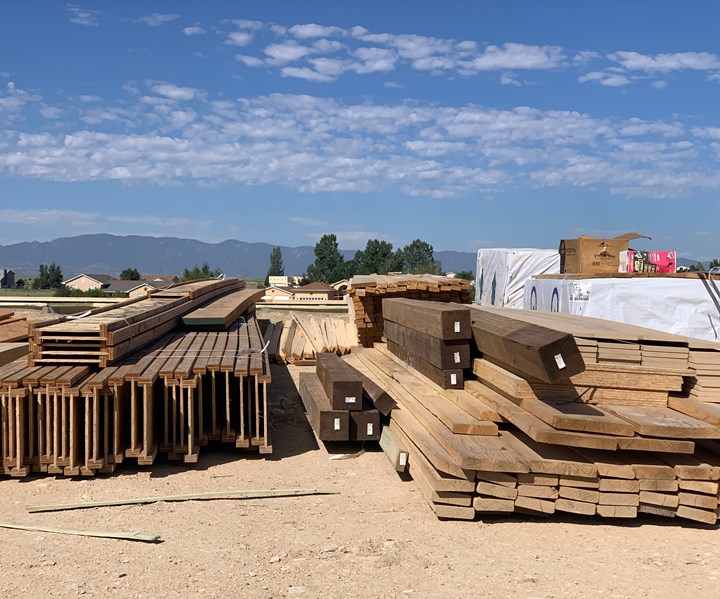The Benefits of Using Composites in Construction Products
The Benefits of Using Composites in Construction Products
Blog Article
Unlocking the Environmental Advantages of Recycled Composites in Building And Construction and Style
In the world of building and layout, the use of recycled composites holds significant assurance for improving sustainability techniques and decreasing environmental influence. The shift in the direction of a much more lasting future in these sectors hinges on opening the complete potential of recycled compounds.

Ecological Effect Reduction
The decrease of environmental impact through making use of recycled compounds in building and style plays a critical role in lasting techniques. By incorporating recycled composites into building products, the building industry can significantly decrease its carbon footprint and add to a much more eco-friendly future. These lasting materials, made from repurposed plastics, timber fibers, or various other recycled components, offer a sensible alternative to traditional building materials without jeopardizing on top quality or toughness.
Recycled composites help draw away waste from landfills and lower the demand for extracting raw products, therefore saving natural sources. In addition, the production procedure of these composites often consumes less power and discharges less greenhouse gases compared to creating virgin materials (composites). This shift towards making use of recycled composites not only decreases environmental injury but additionally promotes a circular economy by urging the reuse of materials that would otherwise be thrown out
Waste Reduction
With a concentrate on reducing waste in construction and style, the combination of recycled composites offers a sustainable solution to minimize ecological influence. Waste minimization is a critical aspect of sustainable techniques, and making use of recycled compounds offers an opportunity to achieve this goal efficiently. By making use of materials that have actually already offered their first purpose, such as recycled plastics or recovered timber fibers, the construction and layout industries can dramatically minimize the quantity of waste generated and sent out to landfills.
Recycled compounds have the prospective to draw away substantial quantities of waste from standard disposal approaches, adding to a more round economy where resources are utilized successfully. In addition, the production process of recycled compounds typically consumes less energy and generates less emissions contrasted to virgin materials, further reducing the environmental impact of construction and design jobs.
Carrying out waste minimization strategies through the unification of recycled composites not only assists in saving all-natural sources however likewise advertises a much more lasting approach to building and making for a greener future.
Energy Conservation
Incorporating recycled composites not only lessens waste in construction and layout but likewise plays an essential function in improving power conservation practices within the market. The use of recycled composites in building can considerably contribute to power preservation with different means. The production of virgin materials usually requires significant power inputs, whereas making use of recycled compounds eats much less power, thus minimizing total power usage. In addition, including recycled composites can contribute to better insulation residential or commercial properties in buildings, minimizing the requirement for too much home heating or air conditioning, and as a result decreasing energy usage for environment control. The lightweight nature of several recycled compounds can lead to lighter structures, needing less energy for transport and installment. By promoting using recycled composites in building and design, the market can make considerable strides in the direction of attaining energy efficiency and minimizing its carbon impact, inevitably adding to a more sustainable built environment.
Carbon Impact Reduction
Enhancing sustainability techniques via the use of recycled composites in building and design significantly reduces the carbon impact of the market. By incorporating recycled products right into the production of composites, the demand for virgin sources reduces, bring about reduced energy usage and greenhouse gas discharges connected with typical production procedures. This decrease in carbon impact is crucial in combating climate change and promoting a much more eco pleasant approach to building and construction and style.
Moreover, the usage of recycled compounds likewise assists in drawing away waste from landfills, therefore minimizing the Related Site ecological influence of disposal and promoting a round economic situation. The carbon impact reduction attained via the fostering of recycled compounds lines up with the global press in the direction of sustainable methods and the reduction of commercial emissions. It showcases a commitment to liable source administration and a shift in the direction of greener options in the construction and design fields. Inevitably, by prioritizing the integration of recycled compounds, the sector can make considerable strides in decreasing its carbon impact and adding to an extra lasting future.
Lasting Future
The assimilation of recycled composites in building and construction and style not only addresses prompt environmental problems however likewise lays a solid structure for a lasting future in the industry. By including recycled composites right into building Continue products and products, the building and construction and style industries can significantly minimize their reliance on virgin sources, resulting in an extra circular economic situation. This shift in the direction of sustainability is important for mitigating the ecological influence of conventional construction techniques, which typically lead to high degrees of waste generation and resource exhaustion.

Verdict
To conclude, recycled compounds supply substantial ecological benefits in building and design by reducing environmental influence, decreasing waste, preserving power, reducing carbon footprint, and promoting a lasting future. see here now Welcoming the usage of recycled composites can add to a much more environmentally-friendly approach to structure and layout, inevitably leading to an extra lasting and greener future for all.
The decrease of ecological impact via the use of recycled composites in construction and design plays a critical role in lasting methods.With a focus on minimizing waste in building and construction and style, the integration of recycled compounds supplies a sustainable solution to lower environmental impact. By advertising the use of recycled composites in building and design, the sector can make considerable strides in the direction of accomplishing energy effectiveness and decreasing its carbon impact, eventually adding to a much more lasting developed environment.

Report this page